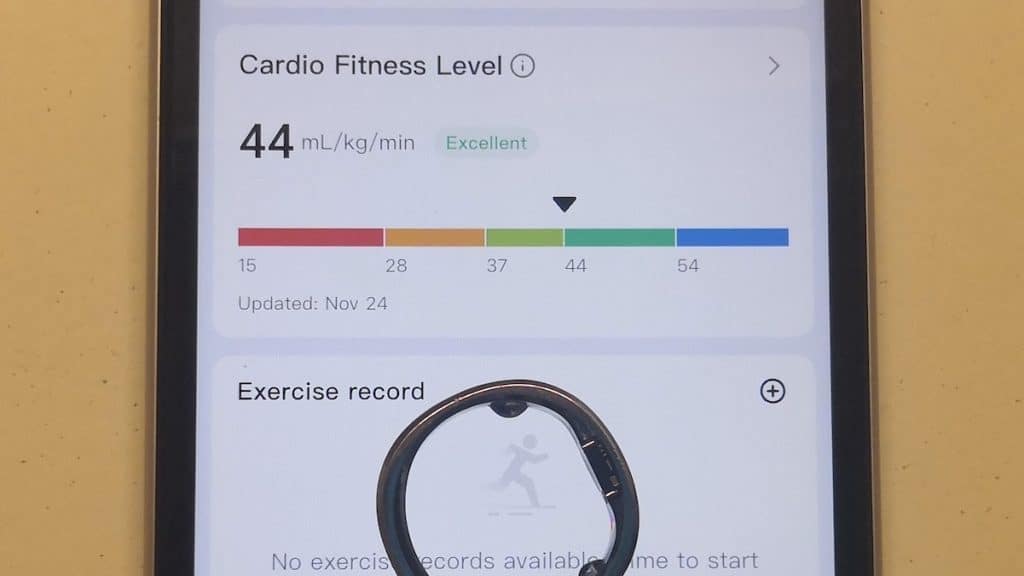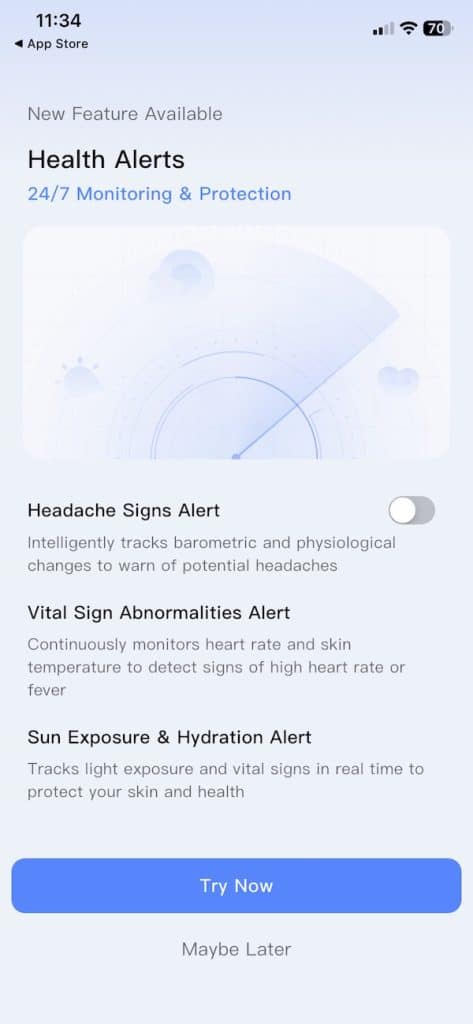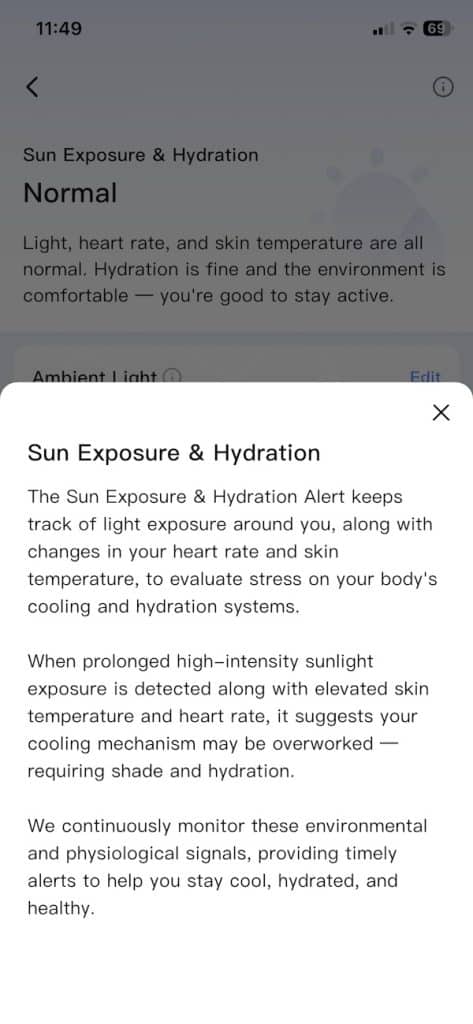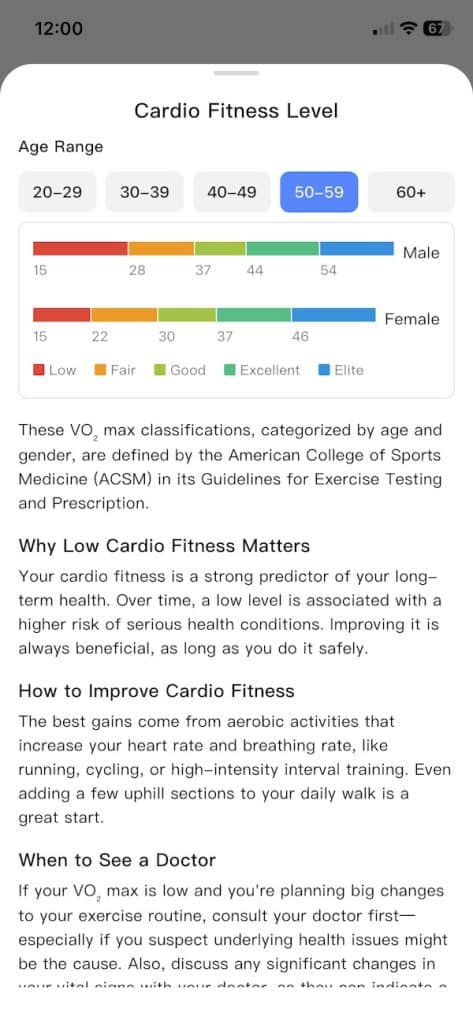
RingConn app update brings headache alerts and VO2 max
Version 3.13.0 of the RingConn app has landed with a fresh batch of updates. This one pushes the smart ring further into proactive territory, adding early warning systems for things like headaches, sun exposure and heat stress, as well as bringing in proper cardiovascular fitness metrics.
Health alerts get a real-time edge
The main change, this time around is a revamped Health Alerts section. The new layout allows you to visualise different risk areas. The idea here is to shift the ring’s role from something you check after the fact into something that taps you on the shoulder before or shortly after issues arise.



One of these early warning systems is Headache Signs. It looks at your vital signs and cross-references them with changes in local air pressure. If it detects a possible barometric headache brewing, you’ll get a heads-up. That’s useful if you’re someone who tends to get hit by migraines when the weather shifts. It’s also a clever way to make the ring feel more connected to your surroundings, not just your internal metrics.


Another addition to the Health Alerts system is a feature that combines sun exposure with hydration status. Since smart rings don’t have a sensor that can directly detect water intake, RingConn takes a different route. It checks if you’ve been in strong sunlight for a while, and looks at changes in heart rate or skin temperature that might indicate early heat stress.
When prolonged high-intensity sunlight exposure is detected along with elevated skin temperature and heart rate – it recommends hydration or shade. So here it taps into local whether conditions.


The new Vital Sign Abnormalities alert works along similar lines, flagging unusual spikes in heart rate or skin temperature that might signal a fever or something else going wrong. This is a continuation of features that were previously available.
VO2 max makes its debut
With this version, RingConn also adds a VO2 max estimate. This is a well-established metric used to track how much oxygen your body can use during high-intensity effort. It’s a good way to gauge cardiovascular endurance over time.
The metric can be calculated from a run or walk activity. Or you can fill in a questionnaire so the app has an estimated baseline. This is based on your age, average run times and a few medical questions.


Sleep and sync improvements
Beyond that, sleep tracking also gets some polish. The developers say the Sleep Rhythm algorithm has been improved, which could mean more accurate sleep stage detection and better circadian rhythm insights. For a smart ring, that’s important. Sleep remains one of the strongest use cases for this type of device.
There are also updates to Menstrual Data Integration and better syncing with third-party platforms. If you use multiple wearables, being able to sync RingConn data more reliably with an Apple Watch or Garmin could make day-to-day health tracking a lot easier.
Finally, don’t forget to check out our hands-on review of the device. Also, the holiday sales are currently on for the smart ring so this might be a good time to make a purchase if you have been considering it for a while.
Subscribe to our monthly newsletter! Check out our YouTube channel.
And of course, you can follow Gadgets & Wearables on Google News and add us as a preferred source to get our expert news, reviews, and opinion in your feeds.
